Enhancing Building Safety and Style: The Versatility of Aluminium Cladding
Author:Jayminton Time:2024-08-06
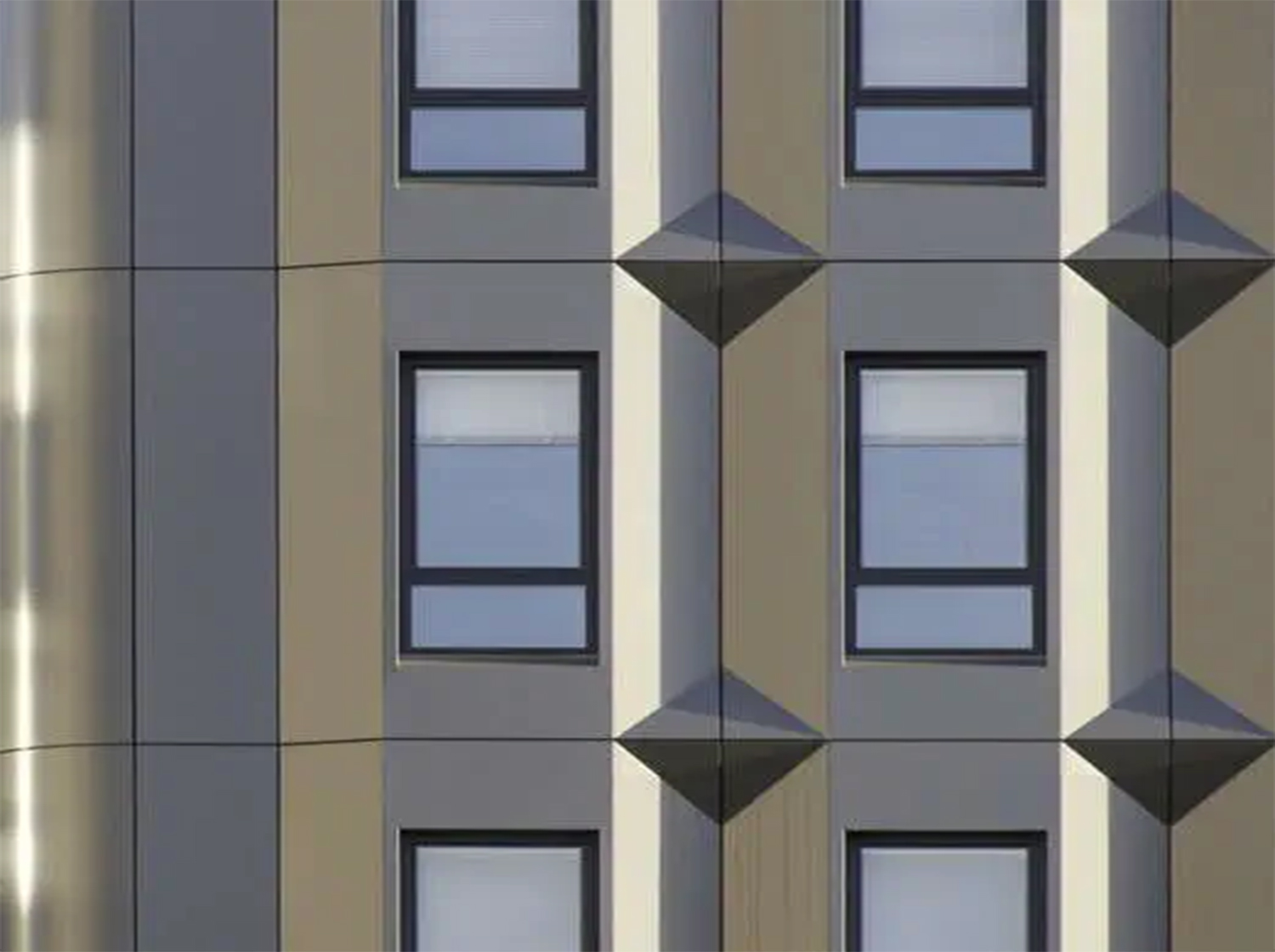
Aluminium cladding is a versatile building material that offers both aesthetic appeal and functional benefits. It consists of a thin layer of aluminum coating applied to the exterior of buildings. There are different types of aluminium cladding available, with varying structures and coatings that cater to different aesthetic preferences and functional requirements.
One common type of aluminium cladding includes a layer of polyethylene plastic sandwiched between two external aluminum sheets. This design provides additional insulation and structural stability while maintaining a lightweight profile. However, for enhanced safety, solid aluminium cladding coated with heat-resistant powder is recommended. The powder coating chars under heat exposure, preventing the aluminum from melting or burning, thereby significantly reducing fire hazards.
In terms of aesthetics, aluminium cladding offers a broad spectrum of styles and finishes. It can mimic the appearance of natural materials such as timber, offering a cost-effective alternative to traditional building materials. Common finishes for Aluminium Cladding Panels include smooth textures, timber looks, batten profiles, and weatherboarding designs. The range of available colors is extensive, encompassing metallic shades, woodgrain patterns, copper tones, rustic finishes, and even concrete effects. This diversity allows architects and homeowners to achieve their desired look while benefiting from the practical advantages of aluminium.
One of the primary advantages of aluminium cladding is its lightweight nature. Compared to materials like brick, timber, or weatherboards, aluminium is significantly lighter, which facilitates easier handling, transportation, and installation. This characteristic not only reduces labor costs but also contributes to a lower carbon footprint during manufacturing and transportation processes.
Furthermore, aluminium cladding is highly sustainable and environmentally friendly. It is 100% recyclable without any loss of quality, making it a preferred choice for eco-conscious construction projects. Its recyclability also ensures minimal environmental impact throughout its lifecycle.
Beyond sustainability, aluminium cladding provides excellent thermal insulation properties. It helps to regulate indoor temperatures by reducing heat transfer through exterior walls. This thermal efficiency can lead to significant energy savings by reducing the reliance on heating and cooling systems, thereby lowering utility bills and enhancing overall comfort indoors. Additionally, the improved insulation offered by aluminium cladding contributes to better soundproofing, creating a quieter and more comfortable living or working environment.
Durability is another key feature of aluminium cladding. Unlike some other metals, aluminium does not rust or corrode over time, even when exposed to harsh weather conditions. This is due to its natural oxide coating, which forms a protective barrier that preserves the material's integrity for many years. Solid aluminium, in particular, boasts a high melting temperature of 660°C, making it exceptionally fire-resistant and ensuring enhanced safety for building occupants.
In conclusion, aluminium cladding combines aesthetic versatility with numerous practical benefits, making it an ideal choice for modern building exteriors. Whether enhancing building safety through fire-resistant properties, contributing to energy efficiency with superior insulation, or offering a wide range of design options, aluminium cladding continues to be favored by architects, builders, and homeowners alike. Its blend of durability, sustainability, and aesthetic appeal positions it as a cornerstone material in contemporary construction and renovation projects worldwide.

 S1 Clip-in Metal ceiling System
S1 Clip-in Metal ceiling System JMT-L4.2 U-Baffle System
JMT-L4.2 U-Baffle System JMT Aluminum Wall Cladding
JMT Aluminum Wall Cladding Aluminum Honeycomb Panel
Aluminum Honeycomb Panel Air-Condenser Cover
Air-Condenser Cover Metal Heat Cover
Metal Heat Cover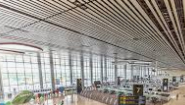 Singapore Changi Airport T2 Arrival
Singapore Changi Airport T2 Arrival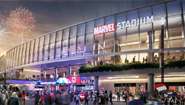 Australia Marvrl Stadium City Edge
Australia Marvrl Stadium City Edge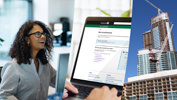 Enterprise Information Announcement
Enterprise Information Announcement Construction Industry Solutions
Construction Industry Solutions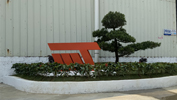 About Jayminton
About Jayminton Contact US
Contact US